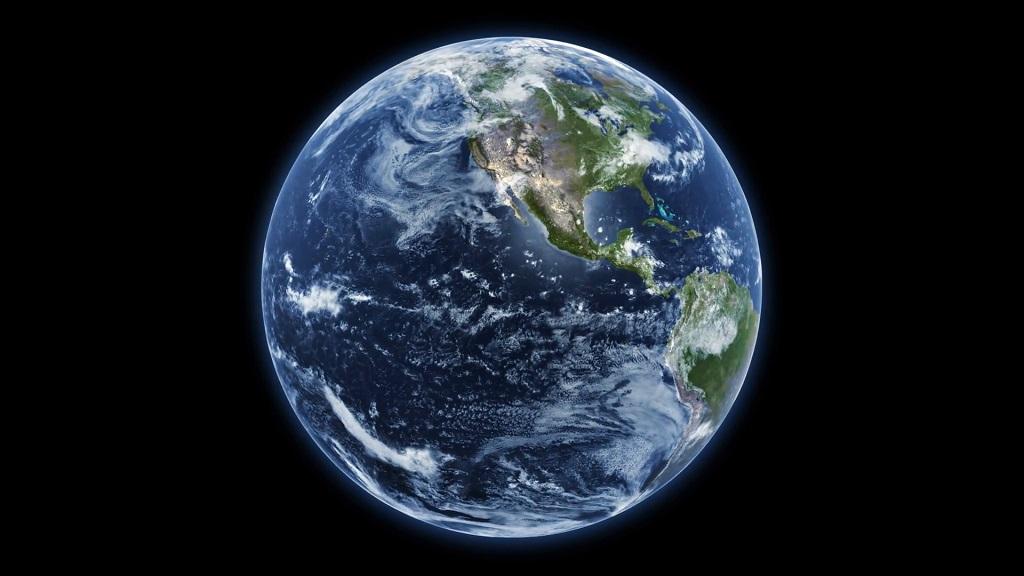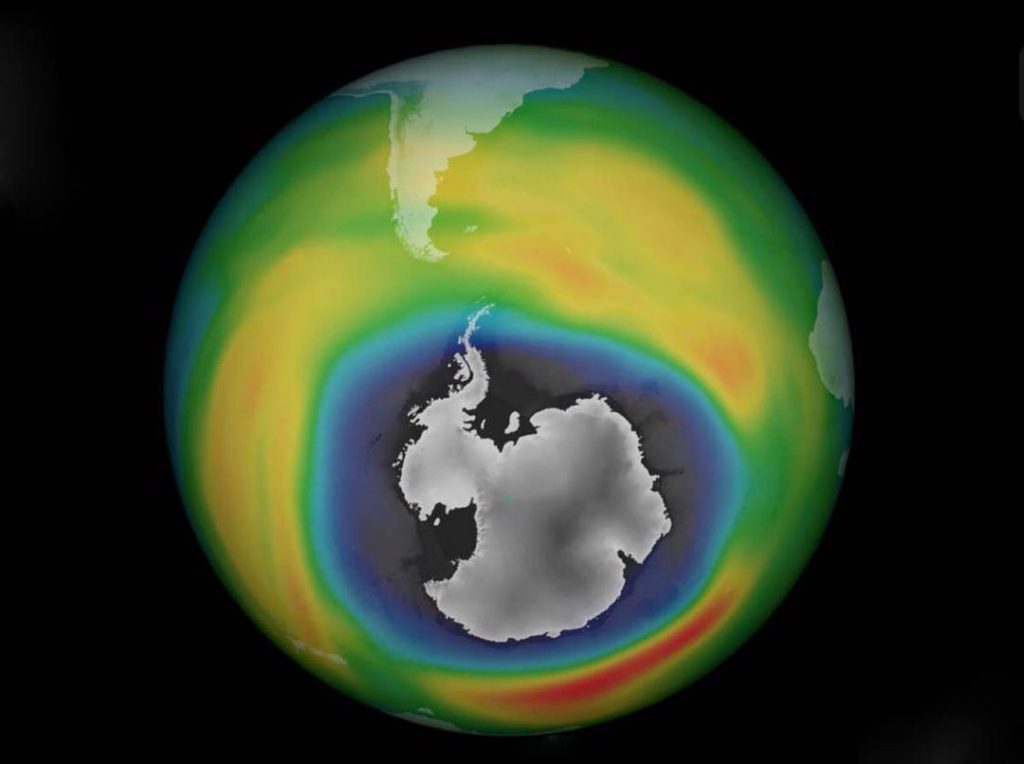UN Report: Earth’s Oxone Layer Slowly Healing, Set to Fully Heal By 2066

According to a United Nations report, the Earth’s protective ozone layer is recovering at a rate that will close the hole above Antarctica in around 43 years.
More than 35 years after every country in the world pledged to stop producing chemicals that deplete the ozone layer in the Earth’s atmosphere, the scientific review carried out every four years discovered a recovery in progress.
The ozone layer protects the globe from radiation that can cause crop damage, cataracts, and skin cancer.
According to Paul Newman, co-chairman of the scientific evaluation, “In the upper stratosphere and in the ozone hole, we see things getting better”.
The UNreport presented at the American Meteorological Society convention in Denver, the progress is slow.
It will not be until around 2040 that the average amount of ozone in the atmosphere at a height of 30 km (18 mi) will return to its 1980 pre-thinning levels. In the Arctic, normalcy won’t return until 2045.
The analysis stated that it will take until 2066 for the giant hole in the layer that forms over Antarctica each year to completely close.
The attempts to close the ozone hole have long been lauded by scientists and environmentalists as one of humanity’s greatest ecological triumphs.
The Montreal Protocol, a 1987 agreement that outlawed a group of chemicals frequently used in refrigerants and aerosols, served as the basis for the campaign.

“Ozone action sets a precedent for climate action,” World Meteorological Organization Secretary General Petteri Taalas said in a statement.
“Our success in phasing out ozone-eating chemicals shows us what can and must be done as a matter of urgency to transition away from fossil fuels, reduce greenhouse gases and so limit temperature increase.”
According to Paul Newman wo is also the chief Earth scientist at NASA’s Goddard Space Flight Center, the two main chemicals that eat away at ozone are present at lower levels in the atmosphere.
According to the study, bromine levels have plummeted by 14.5 percent since their 1999 peak while chlorine levels have decreased by 11.5 percent since their 1993 peak. Bromine is more effective at devouring ozone than chlorine but is present in lower amounts in the air.
The drop in bromine and chlorine levels “is a real testament to the effectiveness of the Montreal Protocol”, Newman said.
The size of the ozone hole is influenced by natural weather patterns in the Antarctic. The holes have become a little bit bigger over the past couple of years as a result of these patterns, but overall, healing is the tendency, according to Newman.
Chlorofluorocarbon-11 (CFC-11) emissions, one of the substances that are prohibited, began to increase a few years ago. Rogue emissions were observed in some areas of China, but they have since returned to normal, according to Newman.
A third generation of those chemicals, known as HFC, was outlawed a few years ago because it is a heat-trapping greenhouse gas instead of one that would deplete the ozone layer.
The report also warned that efforts to artificially cool the planet by putting aerosols into the atmosphere to reflect sunlight would thin the ozone layer by as much as 20 percent in Antarctica.
Author-Roberta Appiah





